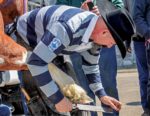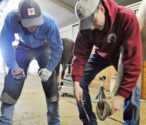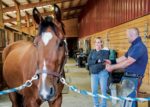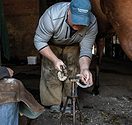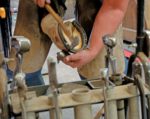Advertise Follow Us
Getting Started in Hoof Care
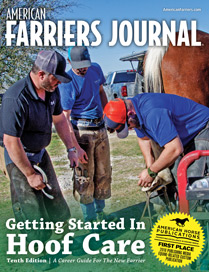
View Archived Issues
Tenth Edition (2018)
A Career Guide For The New Farrier
This special publication is published once per year by American Farriers Journal. The career guide delivers advice from farriers on how to establish and operate a successful equine footcare practice.
-
Table of Contents
Table of Contents
Your Costs Help Determine the Prices You Set
This article was originally published July 27, 2018 and has been updated.Read More -
Digital Edition
Digital Edition


